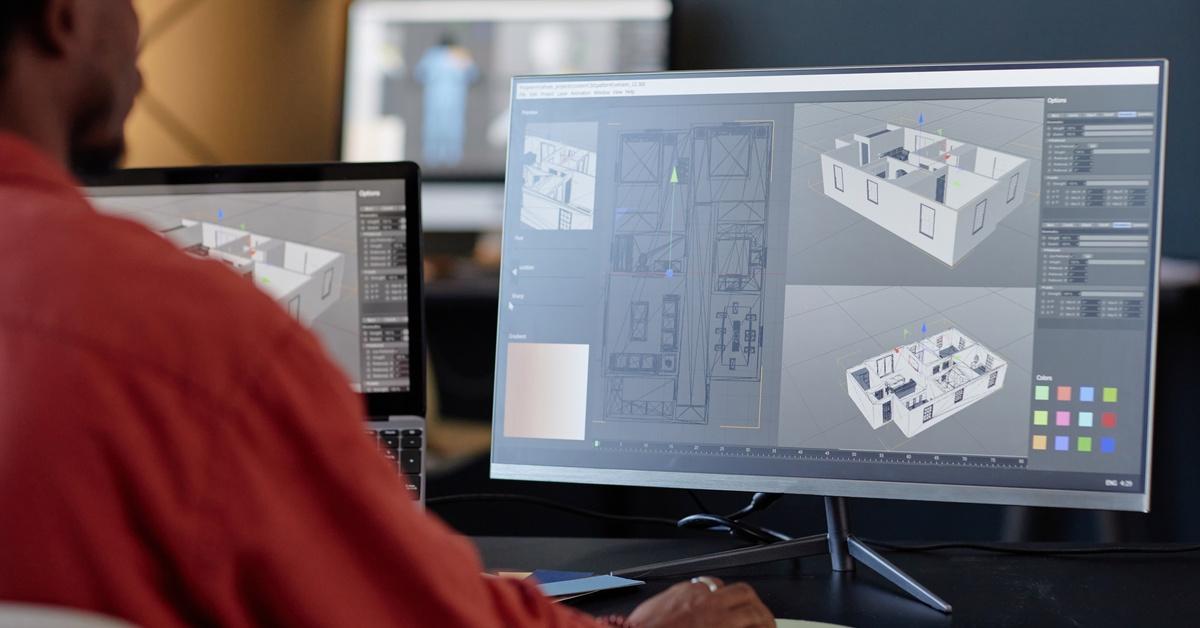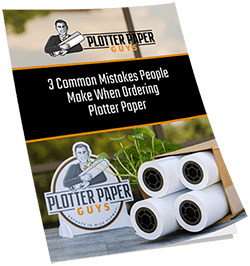Architectural plans are the foundation of any construction project. With many details to consider, creating plans that accurately represent the project is a priority. From conception to execution, every dimension assists in turning ideas into reality. This post presents 11 tips for ensuring your architectural plans are perfect, helping you streamline your designs.
1. Start With a Clear Concept
Begin every project with a concept. Purpose, scale, and style will guide your decisions. Map out the overarching vision, and identify the main objectives of your project. Clarity ties together every other step, keeping you focused on achieving the desired outcome.
Break down your goals into actionable steps. Create a mood board or sketch ideas to visualize the style you want to achieve. Regularly revisit your concept to stay aligned with the original vision.
2. Use Accurate Measurements
Every detail in architectural plans matters. Double-check dimensions, angles, and elevations at every stage of your design. The right tools, such as professional computer-aided design (CAD) software, enhance precision. A slight miscalculation could lead to errors during construction.
Verify site conditions are adequate for your schematics and that they align with real-world measurements. Collaborate with structural engineers to confirm load-bearing calculations. Regularly update your plans to reflect adjustments made during the design process.
3. Leverage CAD Software
Hand-drawn designs in architecture are no longer the go-to. Modern CAD software helps you streamline drafting, editing, and visualizing plans. You can use AutoCAD or Revit to create detailed 2D and 3D models. They not only improve accuracy but also aid in conveying ideas more effectively to clients and contractors.
CAD software also allows you to make changes quickly, saving time during revisions. Many programs include built-in tools for analyzing structural integrity and material costs. With cloud integration, you can collaborate with your team from anywhere in the world!
4. Add Layers Strategically

When working with CAD or other design tools, carefully organize your files with planned layers. Assign separate layers for structural elements, furnishing, plumbing, and electrical systems to identify components easily and keep the layout clean for revisions.
When you name layers, use clear and consistent labels to avoid confusion later. Group related layers together to streamline navigation and reduce clutter in complex projects. It’s best to regularly update and save your file to prevent losing progress.
5. Check Building Codes and Regulations
Complying with local building codes and regulations is not optional. Get familiar with zoning laws, safety guidelines, and environmental standards involving your project. Incorporating these requirements can prevent the need to redesign plans later.
You should also verify permits for construction before starting work. Pay attention to accessibility requirements, such as ramps or elevators, to accommodate all users. Finally, consult local officials to clarify gray areas and prevent regulation misinterpretations.
6. Test Your Design for Functionality
Aesthetics can be tempting to focus on, but functionality must lead the way. Review interior layouts for efficient flow, natural light optimization, and convenient accessibility. Walk through your designs virtually. Are the rooms appropriately spaced? Are all areas logical for their intended use?
Testing functionality can prevent missteps in the construction stage. Verify that door placements don’t block key pathways, and storage areas are easy to reach. Also, consider furniture placement to prevent overcrowding or wasting space.
7. Collaborate With Your Team

Architecture thrives on collaboration. Discuss your designs with engineers, contractors, and other stakeholders to identify potential blind spots. You can gain insights into aspects outside your domain, such as structural integrity or material efficiency. A collaborative mindset strengthens the quality of the final blueprint.
Schedule regular design reviews to keep everyone aligned and address challenges as they arise. Use digital collaboration tools to streamline communication and share updates, and encourage input from team members to uncover innovative solutions and improve project outcomes.
8. Include Detailed Annotations
Annotations provide clarity and help others on your team interpret your plans. Label dimensions, materials, finishes, and fixture specifications directly within the drawings. Detailed annotations promote accuracy and avoid miscommunication during construction.
You might also use consistent formatting and clear labels to make information easy to understand. Highlight load-bearing walls or safety measures in your notes when necessary. Keep detailed records of permits, approvals, and inspections as proof of compliance, and regularly review code and regulation updates to avoid setbacks.
9. Review Plans With Fresh Eyes
After spending hours on a design, it’s easy to overlook mistakes. Step away from your project for a short break, then return with fresh eyes for a thorough review. Alternatively, ask a colleague to evaluate the plans. They might notice issues that escaped your attention.
Use a checklist to review key design elements for consistency, and double-check measurements and align them with project specifications. Test your design in its intended environment to catch functional or visual issues before they become difficult to rectify.
10. Print Drafts for Physical Review
Sometimes, details are easier to spot in print than on a screen. You can find high-quality plotter paper for sale to print full-sized copies of your plans. Review printed drafts to examine the accuracy of your design elements, making notes directly on the sheet for adjustments. Seeing the entire layout can highlight oversights that you missed in digital view.
For premium bulk printing materials, look no further than Plotter Paper Guys. We specialize in quality printing supplies for architects and designers. Reliable print quality makes your drafts come to life!
11. Stay Open to Revisions
Revisions are another important part of the process. Always prepare for several iterations of your designs. Each revision refines the functionality of your plans. While it might seem tedious, accepting feedback and adjustments contributes to meeting your client’s project goals.
Communicate clearly with clients to understand their needs before making changes. Prioritize revisions that address core functionality or user experience first, and use a version control system to track changes.
Wrapping Up
Architectural plans guide construction and catalyze problem-solving as projects take shape. Use these 11 tips to ensure your architectural plans are perfect and produce exceptional designs for each project. Refine your planning process and confidently start your next project using high-quality resources. Plotter Paper Guys can provide premium equipment and supplies to make every detail of your plans stand out. Consider partnering with us today!






